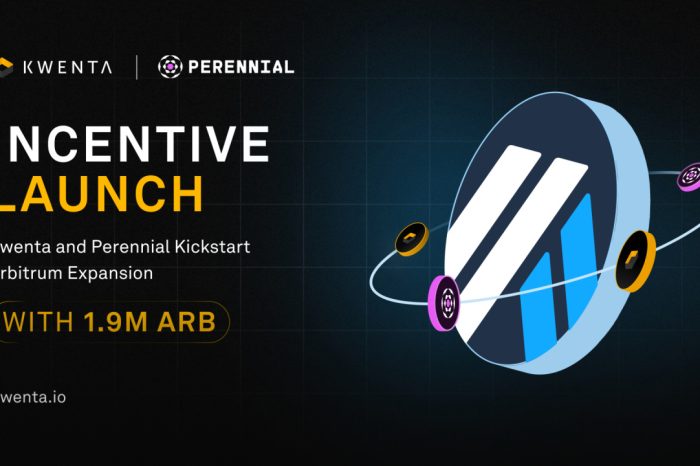UML can be used to construct nine different types of diagrams to capture five different views of a system. Just as a building can be modeled from several views (or perspectives) such as ventilation perspective, electrical perspective, lighting perspective, heating perspective, etc.; the different UML diagrams provide different perspectives of the software system to be developed and facilitate a comprehensive understanding of the system. Such models can be refined to get the actual implementation of the system.
The UML diagrams can capture the following five views of a system:
• User’s view
• Structural view
• Behavioral view
• Implementation view
• Environmental view
User’s view: This view defines the functionalities (facilities) made available by the system to its users.
The users’ view captures the external users’ view of the system in terms of the functionalities offered by the system. The users’ view is a black-box view of the system where the internal structure, the dynamic behavior of different system components, the implementation etc. are not visible. The users’ view is very different from all other views in the sense that it is a functional model compared to the object model of all other views. The users’ view can be considered as the central view and all other views are expected to conform to this view. This thinking is in fact the crux of any user centric development style.
Structural view: The structural view defines the kinds of objects (classes) important to the understanding of the working of a system and to its implementation. It also captures the relationships among the classes (objects).
The structural model is also called the static model, since the structure of a system does not change with time.
Behavioral view: The behavioral view captures how objects interact with each other to realize the system behavior. The system behavior captures the time-dependent (dynamic) behavior of the system.
Implementation view: This view captures the important components of the system and their dependencies.
Environmental view: This view models how the different components are implemented on different pieces of hardware.










